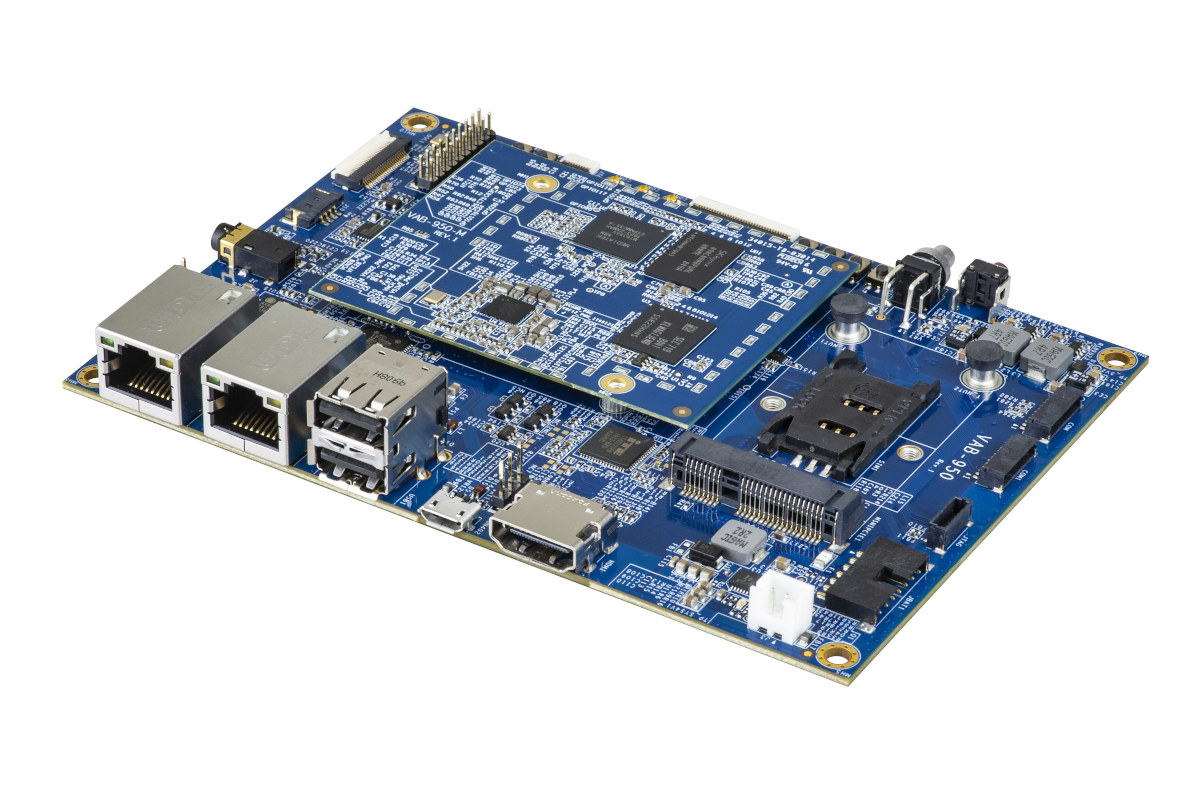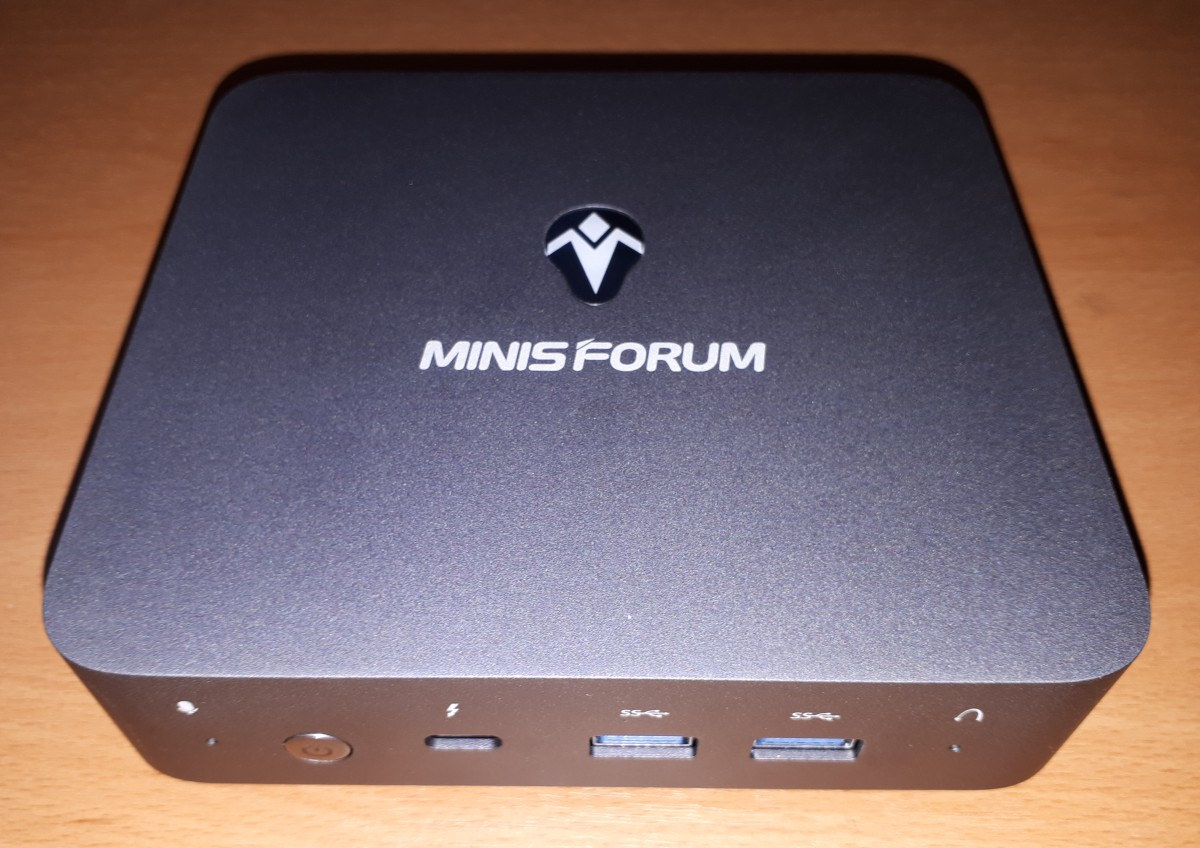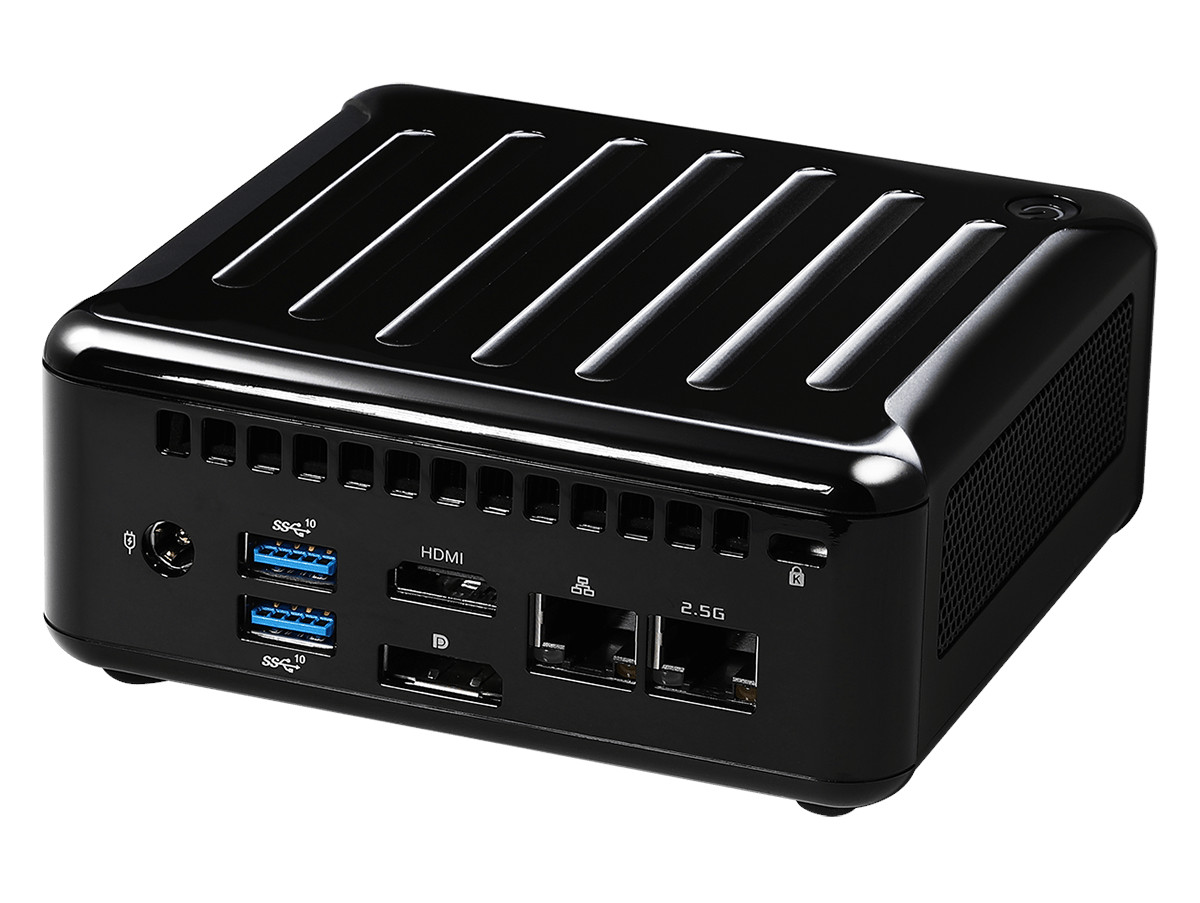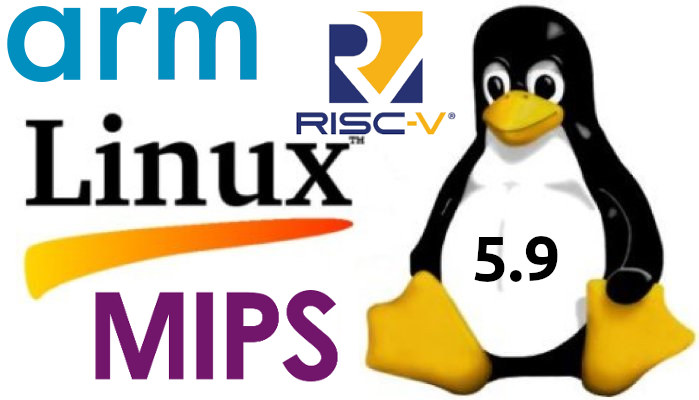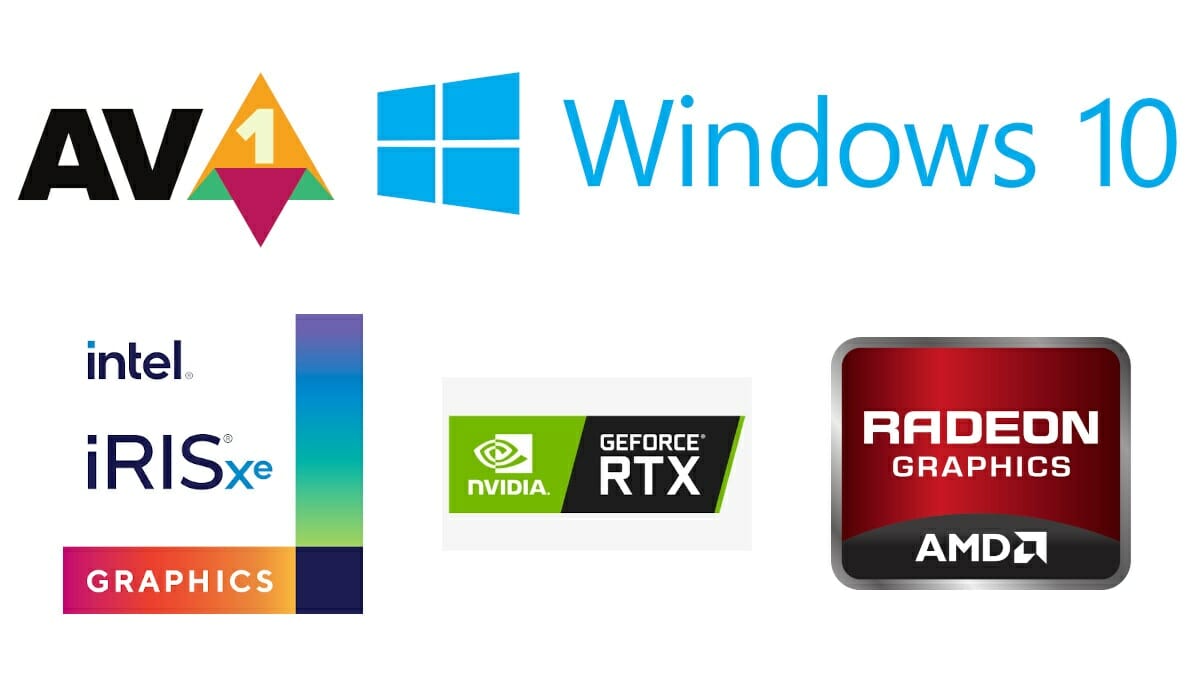While MediaTek is better known for their mobile SoCs and they also offers processors made for AIoT (AI + IoT) applications such as MediaTek i700, i500 or i300 SoCs. We only covered a few development / evaluation boards so far, with Pumpkin i500 SBC or Innocom SB30 EVK, but we’ve now got another one with VIA VAB-950 single board computer equipped with MediaTek i500 AIoT octa-core processor, up to 4GB LPDDR4, 16GB flash storage, HDMI, dual Fast Ethernet, dual-band 802.11ac Wi-Fi, Bluetooth 5.0, and support for 4G LTE cellular connectivity. VAB-950 SBC specifications: SOM-9X50 system-on-module SoC – MediaTek i500 octa-core processor with 4x Cortex-A73 @ 2.0GHz, 4x Cortex-A53 @ 2.0GHz Arm Mali-G72 GPU up to 800 MHz with support for OpenGL ES 3.0, OpenCL ES 1.1, and Vulkan 1.0 VPU for 1080p30 H.264/H.265 decoding 2x Cadence Tensilica Vision P6 DSPs System Memory – 2GB or 4GB LPDDR4 SDRAM Storage – […]
MINISFORUM X35G review – An Intel Core i3-1005G1 Mini PC tested with Windows & Ubuntu
MINISFORUM have recently launched their X35G mini PC on Indiegogo which differentiates itself from the many Gemini Lake mini PCs by using a 10th generation Intel “Ice Lake” Core mobile processor with Gen11 graphics. Available as a barebones device and in various configurations MINISFORUM sent a fully configured model for review. MINISFORUM X35G Hardware overview Also known as DeskMini X35G, the MINISFORUM X35G is a slightly larger mini PC physically consisting of a 136.5 mm x 121.5 mm x 40.5 mm (5.37 x 4.78 x 1.59 inches) rectangular metal case with a plastic base. It is an actively cooled mini PC that uses Intel’s second-generation 10 nm+ Core i3-1005G1 processor which is a dual-core 4-thread 1.2 GHz processor boosting to 3.4 GHz with Intel’s Gen11 UHD graphics. The front panel has a power button, a Thunderbolt 3/Type-C USB port that supports video, and two 3.1 USB ports. Also on the […]
ASRock NUC 1100 BOX Series mini PC Offers 2.5GbE, WiFI 6, and quad 4K output
The new Tiger Lake UP3 embedded processors have enabled industrial mini PCs and motherboards to get higher-end features including 2.5 GbE, WiFI 6, USB 4.0, and support for up to four independent 4K displays. ASRock industrial already unveiled ASRock iBOX 1100 rugged mini PC last month, but the company is now back with an even more compact Tiger Lake UP3 mini PC that offers quad 4K video output, 2.5GbE, and WiFi 6 connectivity. Meet ASRock NUC 1100 BOX Series industrial computer designed for entertainment, gaming, office collaboration, content creation, retail, and business applications. ASRock NUC 1100 specifications: SoC NUC BOX-1165G7 – Intel Core i7-1165G7 quad-core/octa-thread Tiger Lake UP3 processor @ up to 1.2 GHz / 4.7 GHz (Turbo) with 96EU Iris Xe Graphics; 15W TDP (Configurable between 12 and 28W) NUC BOX-1135G7 – Intel Core i5-1135G7 quad-core/octa-thread Tiger Lake UP3 processor @ up to 0.9 GHz / 4.2 GHz (Turbo) […]
Imagination IMG B-Series GPU family scales from IoT to the datacenter
Last year, Imagination Technologies unveiled IMG A-Series GPU family scaling from low-power IoT to mobile and high-performance server applications with up to 2.5 times the performance of the earlier PowerVR 9-series GPUs, as well as eight times faster AI processing and 60% less power under similar conditions. While I’m not aware of any SoCs announced with the new IMG A-Series GPU yet, the company has already announced the next-gen IMG B-Series GPU family with up to 4 times the multi-core performance thanks to decentralized multi-core technology, 30% lower power consumption, and 2.5 times the fill rate. The company offers four types of IM B-series GPU, each optimized for specific applications IMG BXE for high-resolution displays – From 1 up to 16 pixels per clock (PPC) BXE scales from 720p to 8K for UI rendering and entry-level gaming. IMG BXM designed for mid-range mobile gaming and complex UI solutions for DTV […]
Hi3861 based HiSpark WiFi IoT development board supports LiteOS and HarmonyOS
HiHope HiSpark WiFi IoT development board features Hisilicon Hi3861 microcontroller with 2.4 GHz 802.11b/g/n WiFi 4 and supports Huawei LiteOS as well as HarmonyOS. Equipped with 2MB flash and 384KB SRAM, the board targets smart home applications, and ships with a baseboard to help with development. HiSpark board specifications: MCU – Hisilicon Hi3861 32-bit microcontroller @ up to 160 MHz with 352 KB SRAM and 288 KB ROM, 2 MB flash memory, and WiFI 4 connectivity; QFN-32 5x5mm package WiFi 802.11b/g/n standard up to 72 Mbps @ HT20 2.4 GHz frequency band (ch1-ch14). Station (STA) and access point (AP) modes with up to 6 clients for the latter WiFi mesh with up to 256 nodes Security – WPA, WPA2 personal, and WPS 2.0 PCB antenna USB – 1x USB Type-C port for power and programming via CH340 chip Expansion – 2x headers with up to 2x SPI, 2x I2C, 3x […]
Linux 5.9 Release – Main Changes, Arm, MIPS & RISC-V Architectures
Linus Torvalds has just announced the release of Linux 5.9 on lkml: Ok, so I’ll be honest – I had hoped for quite a bit fewer changes this last week, but at the same time there doesn’t really seem to be anything particularly scary in here. It’s just more commits and more lines changed than I would have wished for. The bulk of this is the networking fixes that I already mentioned as being pending in the rc8 release notes last weekend. In fact, about half the patch (and probably more of the number of commits) is from the networking stuff (both drivers and elsewhere). Outside of that, the most visible thing is a reinstatement of the fbdev amba-clcd driver – that’s a noticeable patch, but it’s basically just mainly a revert. The rest is really really tiny (mostly some other minor driver updates, but some filesystem and architecture fixes […]
Enabling AV1 Hardware Video Decoding in Windows 10
AOMedia AV1 royalty-free video codec delivers up to 50% better compression than H.264 and up to 20% better than VP9 for the same video content, so streaming companies like Netflix and YouTube enabled the codec a while ago. When I play a YouTube video in Chrome in Ubuntu 20.04 and check the stats for nerds info, it will usually show the video is played with “av01.0” codec which refers to AV1, but it’s played with software video decoding using libraries like Dav1d leveraging SIMD instructions. But ideally, you’d want hardware video decoding for lower power consumption for increased battery life, and potentially smoother videos. One good news is that Microsoft has recently announced support for AV1 GPU-accelerated hardware video decoding in Windows 10. The less good news is that support will be limited to recent and fairly powerful GPUs. So for instance, if you own mini PCs with older Intel […]
Renesas Launches RA6M4 Cortex-M33 Microcontrollers for Secure IoT Applications
Arm Cortex-M33 core with Arm Trustzone security was first unveiled in 2016, and since then several silicon vendors introduced secure Cortex-M33 microcontrollers with, for instance, Nordic nRF91 LTE-IoT SoC, STMicro STM32L5 MCU family, or NXP LPC551x/S1x. Renesas has now added one more alternative with RA6M4 Cortex-M33 microcontroller family clocked at up to 200 MHz with increased performance and security compared to their earlier Cortex-M4 RA6 microcontrollers clocked at 120 Mhz. Key features for RA6M4 microcontrollers: MCU Core – Arm Cortex-M33 @ 200 MHz with TrustZone technology Memory – 256 KB RAM include 64KB ECC RAM Storage – 512-1024 embedded flash, QuadSPI, and OctaSPI memory interface Networking – Ethernet controller with DMA USB – USB 2.0 Full Speed and CAN Other Peripherals Capacitive touch sensing unit SCI (UART, Simple SPI, Simple I2C), and SPI/ I2C multi-master interface SDHI and SSI (Serial Sound Interface) Security Renesas’ Secure Crypto Engine supporting multiple symmetric […]


